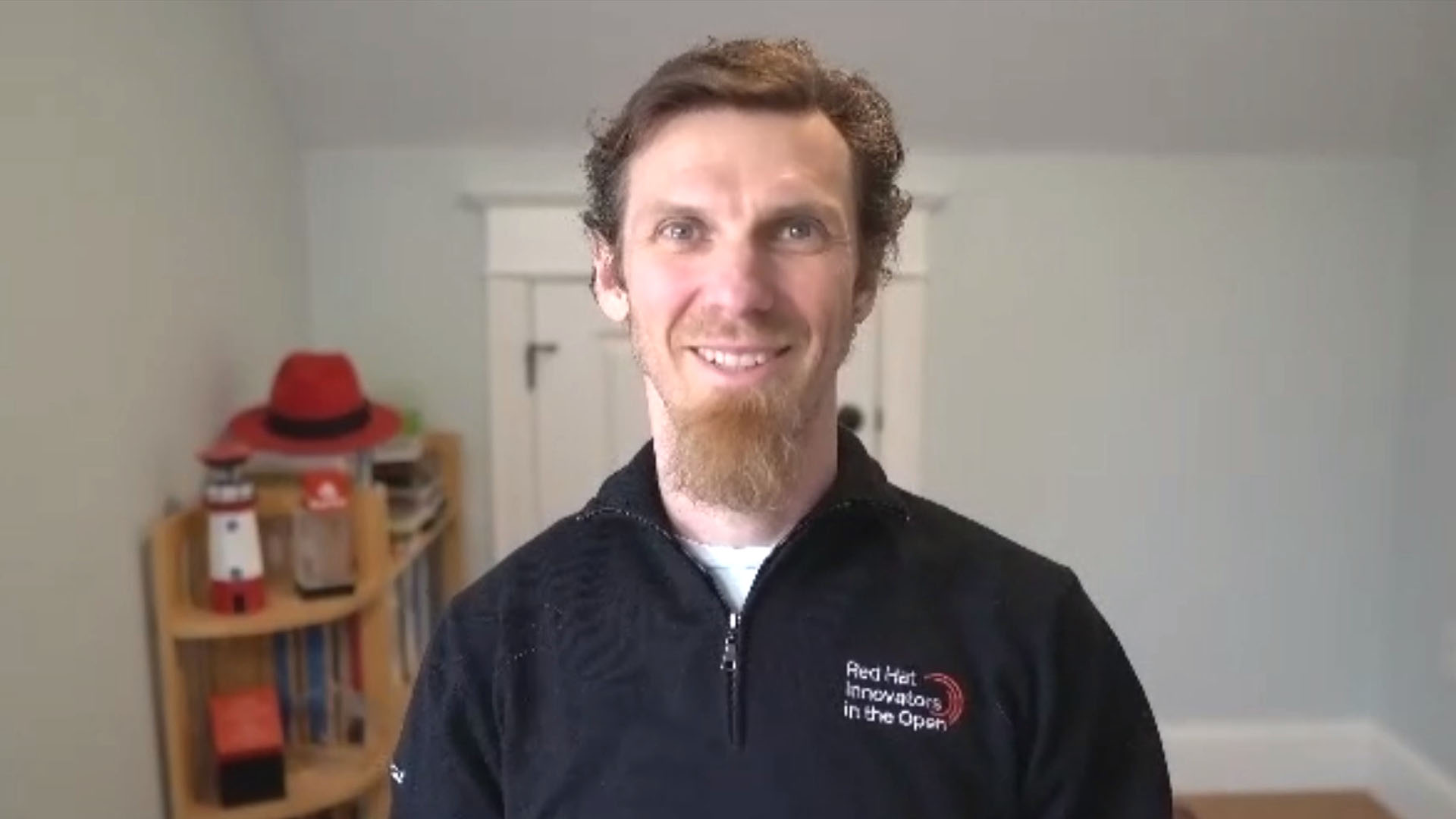 EMERGING TECH
EMERGING TECH
 EMERGING TECH
EMERGING TECH
 EMERGING TECH
EMERGING TECH
Open-source software has already penetrated the enterprise. Now it’s time for it to go to school.
Why add academia to the mix of end users, developers and vendors working away on projects? It will add research muscle to solving the problems of real-world, at-scale use of open-source technology, particularly large, distributed cloud-based systems. Overall, the cross-disciplinary fusion may produce desired outcomes for all stakeholders more quickly than their own efforts alone.
The open-source innovation cycle spins fast, dispensing software to organizations that might work wonders with it. But they must know how to use it in the first place.
“Software just sitting on the shelf isn’t doing anybody any good, even if the shelf is an open-source project and it’s a tarball waiting for you to download,” said Chris Wright (pictured), senior vice president and chief technology officer of Red Hat Inc. “And if the challenge of running it is substantial enough that it stops you from using it, you’ve created a barrier to the value that’s locked inside a project,” Wright said.
To help break that barrier, Red Hat has invested itself (and $20M worth of its software) into Boston University. It is now at work with BU, through the latter’s Massive Open Cloud program, on research projects aimed at improving operationalization of open-source technology.
Wright spoke with John Furrier, host of theCUBE, SiliconANGLE Media’s livestreaming studio, during Red Hat Summit. They discussed Red Hat’s involvement in BU’s initiatives and the results they are seeing and expect to see across the open-source spectrum. (* Disclosure below.)
Academia’s stake in open source is clear: Its research is increasingly built with open-source software, Wright pointed out. Projects used in their work move so quickly that out-of-loop researchers risk producing results with fading relevance.
Red Hat Collaboratory initially focused on running cloud infrastrucutre and data-intensive workloads at scale. It also enables interdisciplinary collaboration between open-source projects and academic researchers, some of whom have produced good results for use cases like imaging systems for healthcare, according to Wright.
“We see academia and open source coming together to build a next-generation understanding of the scientific endeavor,” he said.
Open-source projects will benefit broadly from Operate First, an initiative focused on building operationalization into the development process.
“The focus here is how can we take the operations experience of running a cloud, itself a big, complex distributed system, and tie some of those experiences back into the projects that are used to build that infrastructure.” Wright said. “We’ll see the reaping of a lot of rewards just in open-source communities directly.”
With distributed-cloud and open-source native skills a bit scarce, end users also stand to benefit from more readily usable software. “As we build software, we have a way to run and operate that software that doesn’t have to be directly tied to a commercial outlet,” Wright said.
Lastly, Red Hat Grad Fellows provides funding for Ph.D. and post-doctoral students working on the operation of large, distributed cloud systems and research to drive forward open-source agendas.
“Whether these are students that come into Red Hat or go elsewhere into the industry, these are important skills to have in the industry,” Wright concluded.
Watch the complete video interview below, and be sure to check out more of SiliconANGLE’s and theCUBE’s coverage of Red Hat Summit. (* Disclosure: TheCUBE is a paid media partner for Red Hat Summit. Neither Red Hat Inc., the sponsor for theCUBE’s event coverage, nor other sponsors have editorial control over content on theCUBE or SiliconANGLE.)
THANK YOU